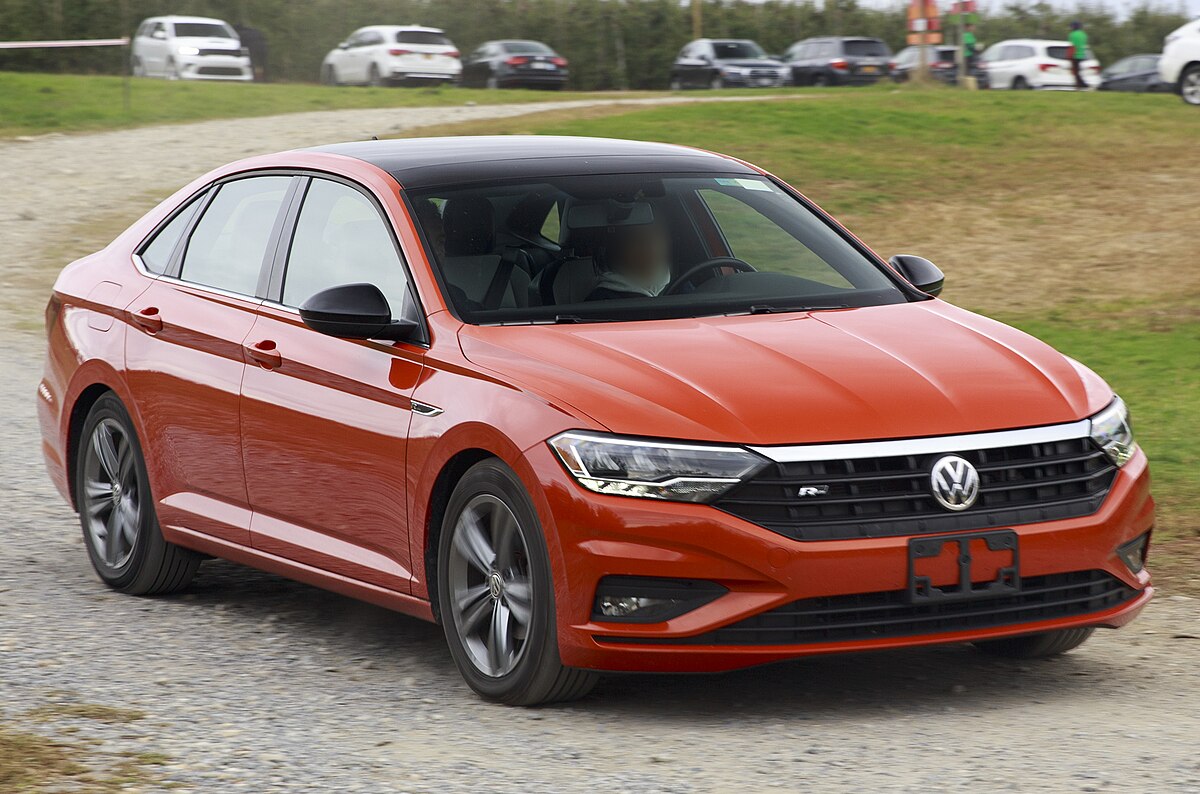Highway driving has long been a test of both driver endurance and vehicle technology. The constant need to maintain speed, follow traffic patterns, and respond to sudden changes requires vigilance that can quickly lead to fatigue and reduced concentration.
To combat these challenges, cruise control technology has evolved from simple speed-holding devices to sophisticated adaptive systems designed to enhance safety, comfort, and convenience on long journeys.
Today’s adaptive cruise control systems use an array of sensors, cameras, and radar to maintain a safe following distance, adjust speed automatically, and sometimes even assist with steering.
However, not all cruise control systems are created equal, and the difference in performance can significantly impact the quality and safety of highway driving.
In this article, we explore the best and worst adaptive cruise control systems found in various popular vehicles, focusing specifically on how they perform on highways. We begin by highlighting five cars equipped with great cruise control systems—vehicles that make highway drives smoother, safer, and less stressful.
These models showcase advanced technology, refined sensor integration, and thoughtful design that combine to reduce driver workload and improve overall driving enjoyment. From luxury sedans to reliable midsize cars, these vehicles represent the cutting edge of driver-assistance features, providing a glimpse into the future of semi-autonomous driving.
On the other end of the spectrum, we delve into five cars whose cruise control systems are plagued by lag, inconsistent responses, and limited functionality. These systems often struggle to keep pace with traffic flow, resulting in delayed braking, abrupt acceleration, and even sudden disengagements.
Such shortcomings not only diminish driver confidence but can also introduce safety risks on busy highways. By examining these vehicles, we shed light on the challenges automakers face when integrating adaptive cruise control technology and highlight the importance of sensor quality, software tuning, and system integration for a truly effective driver-assistance experience.
Highway environments present unique demands: traffic speeds can vary widely, vehicles frequently change lanes, and sudden stops are common. An effective adaptive cruise control system must therefore anticipate and respond to a wide range of scenarios with precision and smoothness.
Lag in system response can translate to abrupt maneuvers that startle drivers and passengers alike, increasing fatigue rather than alleviating it. Conversely, a well-designed system that fluidly adjusts speed and maintains lane position can transform long highway trips into relaxing journeys, allowing drivers to focus more on the road ahead rather than the mechanics of driving.
Understanding which vehicles excel or falter in this domain is crucial for buyers, especially those who spend significant time commuting or traveling on highways. As driver assistance technology becomes more prevalent and advanced, choosing a car with a responsive, reliable cruise control system is increasingly important.
The vehicles highlighted here provide valuable insight into the current state of this technology, both its potential and its pitfalls, and underscore why adaptive cruise control remains a vital consideration for modern drivers.
In summary, this article aims to guide drivers through the evolving landscape of cruise control technology by contrasting vehicles that deliver seamless highway assistance with those that lag in performance.
Whether you prioritize safety, comfort, or technological sophistication, knowing how different systems perform in real-world highway conditions can help you make an informed choice and enjoy a better driving experience.
Also Read: 5 Cars You Should Buy in Cash and 5 That Aren’t Worth Any Loan
5 Cars With Great Cruise Control for Highway Drives
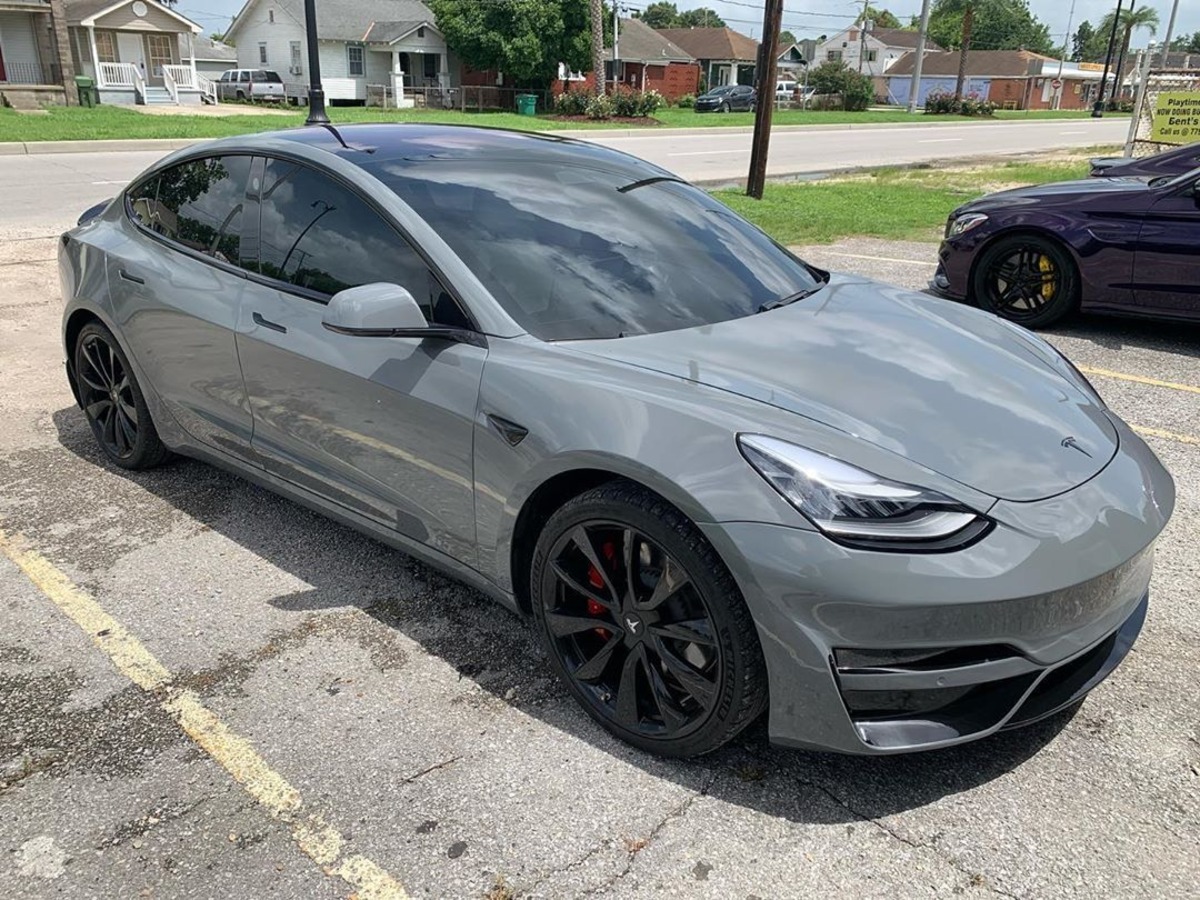
1. Tesla Model 3
The Tesla Model 3 stands out as a benchmark in the world of adaptive cruise control technology, largely thanks to its cutting-edge Autopilot system. Unlike traditional cruise control, Tesla’s system integrates a sophisticated network of cameras, radar sensors, and ultrasonic devices that constantly scan the environment around the car.
This sensor fusion allows the vehicle to maintain speed, adapt to changing traffic conditions, and even keep itself centered within its lane without the driver needing to constantly intervene. For highway driving, this means a more relaxed, safer experience where the driver can trust the vehicle to handle much of the repetitive work, especially on long stretches of road.
What distinguishes Tesla’s cruise control is its fluidity and responsiveness. The system doesn’t just react; it anticipates. When a slower vehicle is detected ahead, the Model 3 begins to decelerate smoothly and incrementally, avoiding the jarring, abrupt braking that plagues many other adaptive cruise control systems. This results in a ride that feels natural rather than robotic.
Once the road ahead clears, the car seamlessly accelerates back to the preset speed, making the driving experience more comfortable and less stressful.
Drivers frequently highlight how Tesla’s regular over-the-air software updates continually improve the system’s performance, meaning it gets smarter and more refined over time without the need to visit a dealership.
Moreover, Tesla’s Autopilot offers features beyond traditional cruise control, including “Navigate on Autopilot,” which can handle highway interchanges, lane changes, and exit ramps with minimal driver input. This blurs the line between cruise control and semi-autonomous driving, providing an exceptional level of convenience during long-distance highway journeys.
While drivers must remain attentive, the system significantly reduces fatigue by managing steering and speed control in a highly integrated manner. It’s this combination of advanced technology, regular improvements, and real-world usability that makes the Tesla Model 3’s cruise control system one of the best on the market for highway use.

2. Mercedes-Benz E-Class
Mercedes-Benz has long been synonymous with innovation and luxury, and the E-Class exemplifies the brand’s leadership in driver assistance technology. The adaptive cruise control system in the E-Class, branded as “Distronic Plus,” is a sophisticated setup that not only maintains speed and distance but also works hand-in-hand with active steering assist to enhance highway safety and comfort.
This system uses radar and cameras to monitor the traffic ahead and around the vehicle, enabling it to brake, accelerate, and steer in response to traffic flow with remarkable precision.
One of the standout features of the E-Class’s cruise control is its smooth, almost imperceptible operation. Unlike some systems that brake abruptly or accelerate in a jerky manner, Distronic Plus modulates throttle and brakes gradually, ensuring passengers experience a comfortable, steady ride.
This is particularly valuable in stop-and-go traffic, where constant acceleration and braking can otherwise lead to driver fatigue. Additionally, the system’s steering assist reduces the driver’s workload by helping to keep the car centered in its lane, making highway stretches and tight curves less demanding.
Another impressive capability of the E-Class’s cruise control is its ability to integrate with traffic sign recognition technology. This allows the car to automatically adjust its speed in response to speed limits or road signs, adding an extra layer of convenience and safety.
Such integration ensures drivers comply with traffic rules effortlessly while minimizing distractions. The technology is finely tuned to complex highway scenarios, making the E-Class a top choice for drivers seeking a seamless blend of comfort, safety, and advanced cruise control performance.
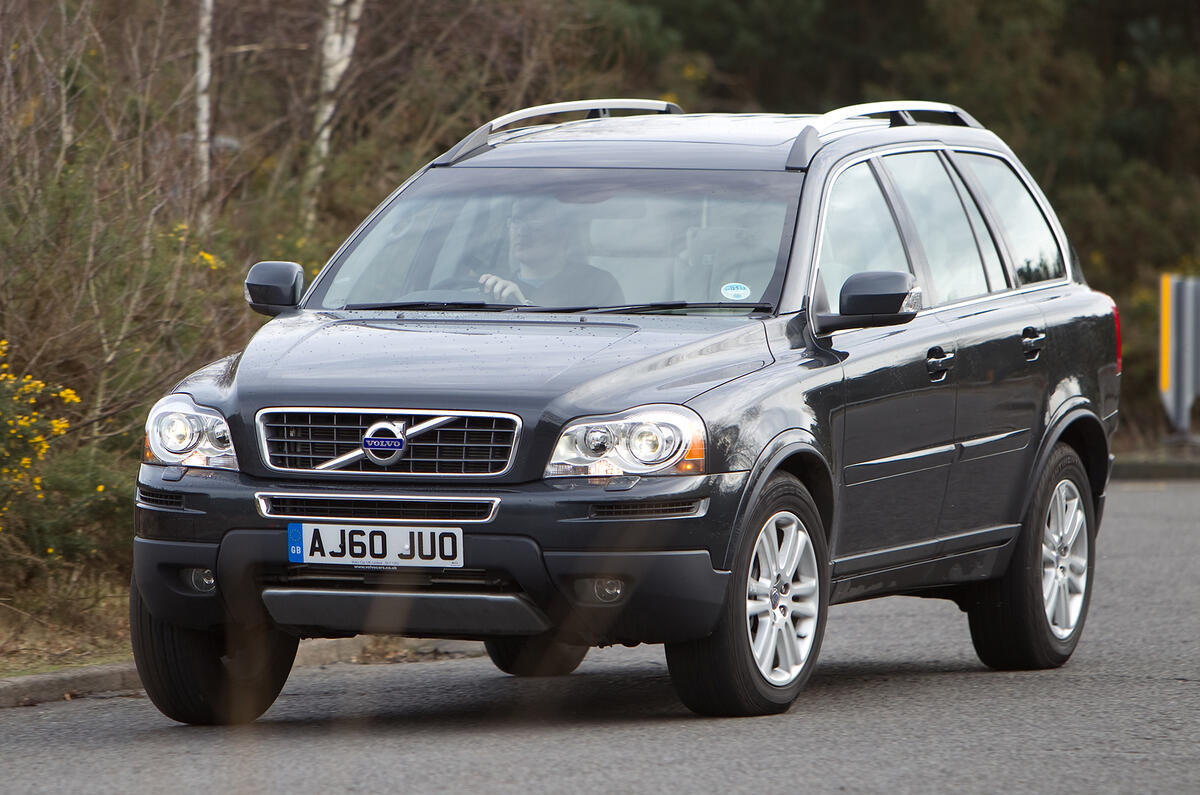
3. Volvo XC90
Volvo’s reputation for safety is well earned, and the XC90’s Pilot Assist system builds on this heritage by delivering a thoughtful, driver-friendly cruise control experience that shines on highways. This system combines adaptive cruise control with lane-keeping assistance, allowing semi-autonomous driving in suitable conditions.
Unlike many systems that feel either overly aggressive or too timid, the XC90 strikes a perfect balance, adjusting its speed and steering inputs with a natural rhythm that feels intuitive to drivers.
The Pilot Assist system uses a combination of radar and cameras to monitor not just the distance to the car ahead, but also the vehicle’s position within the lane. This dual focus means that on long highway drives, the system can smoothly manage both speed and lane-centering, significantly reducing driver fatigue.
Its gentle throttle adjustments and gradual braking provide a ride that feels controlled but never harsh. Drivers appreciate how it handles stop-and-go traffic, smoothly bringing the car to a halt when needed and resuming motion without jerky movements that can unsettle passengers.
Another strength of Volvo’s approach is its emphasis on transparency and driver awareness. While Pilot Assist handles many functions autonomously, it continuously prompts the driver to remain engaged, ensuring safety without the risk of over-reliance.
This balance between automation and human control makes the XC90 an excellent vehicle for highway cruising, particularly in regions where long, monotonous stretches of road demand both vigilance and comfort. For drivers who value safety, comfort, and reliability, the XC90’s cruise control system offers a compelling blend of advanced technology and sensible design.
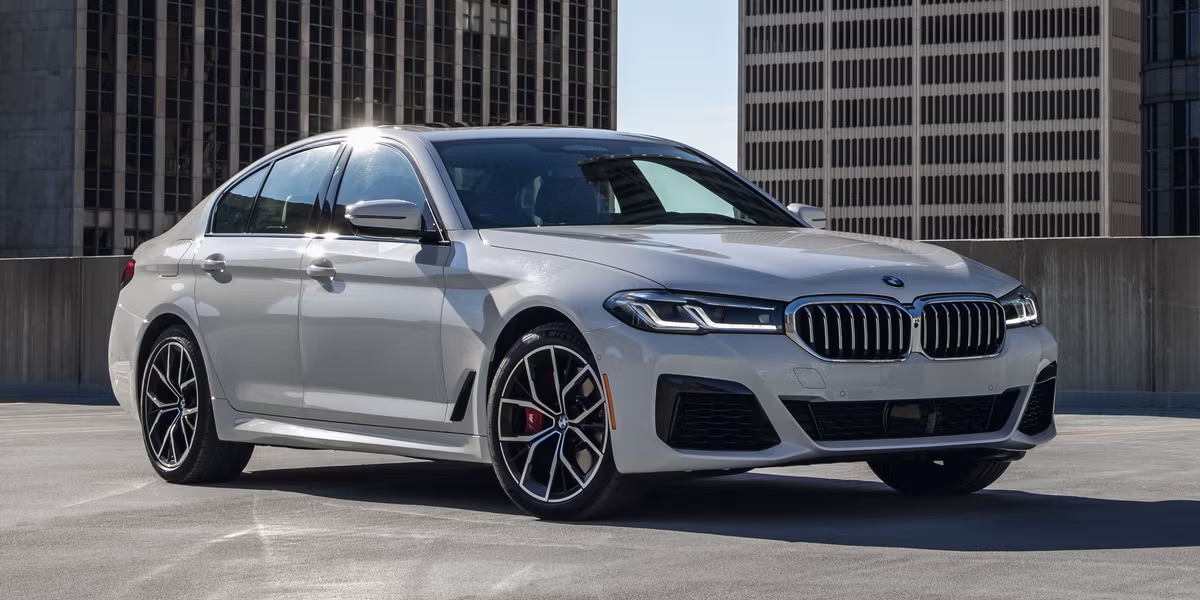
4. BMW 5 Series
The BMW 5 Series has long been a favorite among enthusiasts and luxury buyers alike, thanks to its blend of performance, refinement, and advanced technology. Its adaptive cruise control system is no exception, delivering smooth, confident speed management tailored for highway environments.
Integrated with BMW’s Active Driving Assistant, the cruise control system adjusts to traffic flow with fluid acceleration and braking, minimizing the stop-start jolts that often plague other systems.
What makes the 5 Series’ cruise control particularly noteworthy is its synergy with other driver assistance features. It works alongside lane-keeping assist and traffic jam assist to offer semi-autonomous driving in heavy traffic or on open highways.
This integration means the car can maintain not only speed and distance but also its lane position, allowing the driver to relax a little more during long drives. The system’s radar and camera sensors are finely tuned to detect vehicles and road conditions early, reducing lag and allowing for smooth responses to changes ahead.
BMW’s attention to driving dynamics also ensures that the cruise control system doesn’t feel robotic or intrusive. Acceleration after slowing down is gradual but decisive, while braking is predictable and well modulated.
Drivers praise the 5 Series for reducing fatigue on highways by managing tedious stop-and-go traffic effectively and maintaining composure during sudden speed changes. The result is a system that complements the brand’s sporty character while enhancing everyday driving comfort and safety.
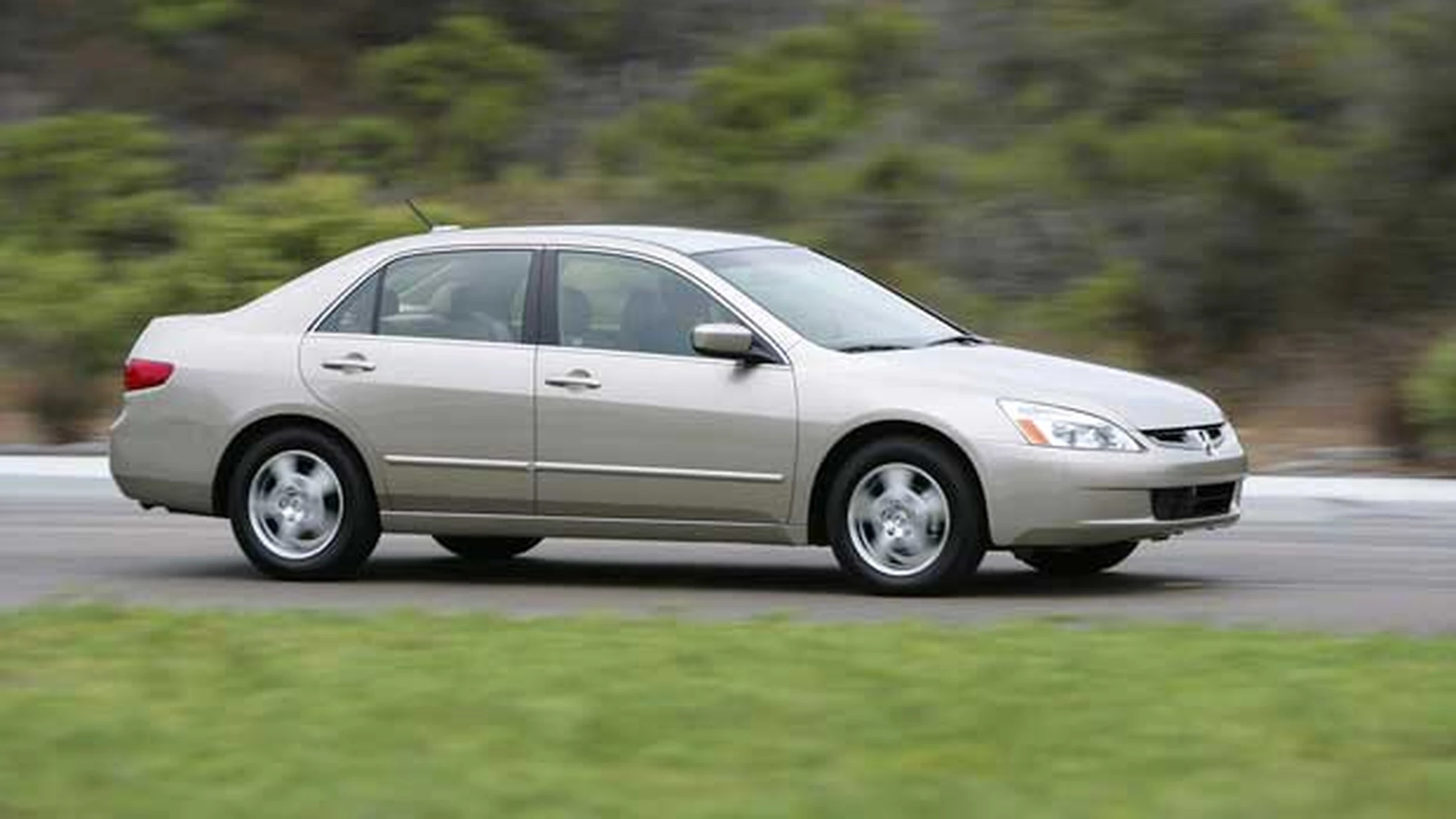
5. Honda Accord
The Honda Accord, a stalwart in the midsize sedan segment, has evolved considerably in recent years, especially regarding driver-assist technology. Its Adaptive Cruise Control (ACC), part of the Honda Sensing suite, offers one of the best balances of simplicity, reliability, and performance in its class. The system is straightforward to use, maintaining a steady speed and safe following distance with very little driver input required once engaged.
What truly makes the Accord’s cruise control impressive is its consistent, smooth operation on highways. Unlike some systems that brake harshly or accelerate unevenly, the Accord modulates throttle and braking gently, creating a comfortable ride that minimizes the start-stop discomfort common in traffic. Drivers also appreciate the system’s ability to handle extended highway drives with ease, reducing fatigue by managing speed and distance intelligently and without surprises.
Additionally, the Accord’s ACC is well integrated with other safety features like collision mitigation braking and lane keeping assist. This ensures that the vehicle not only maintains a safe distance but also helps keep the driver centered in the lane, enhancing overall safety and driver confidence.
For those seeking an affordable yet sophisticated cruise control system for highway travel, the Honda Accord represents a reliable and effective choice that continues to impress in real-world driving conditions.
5 Cars That Constantly Lag With Cruise Control
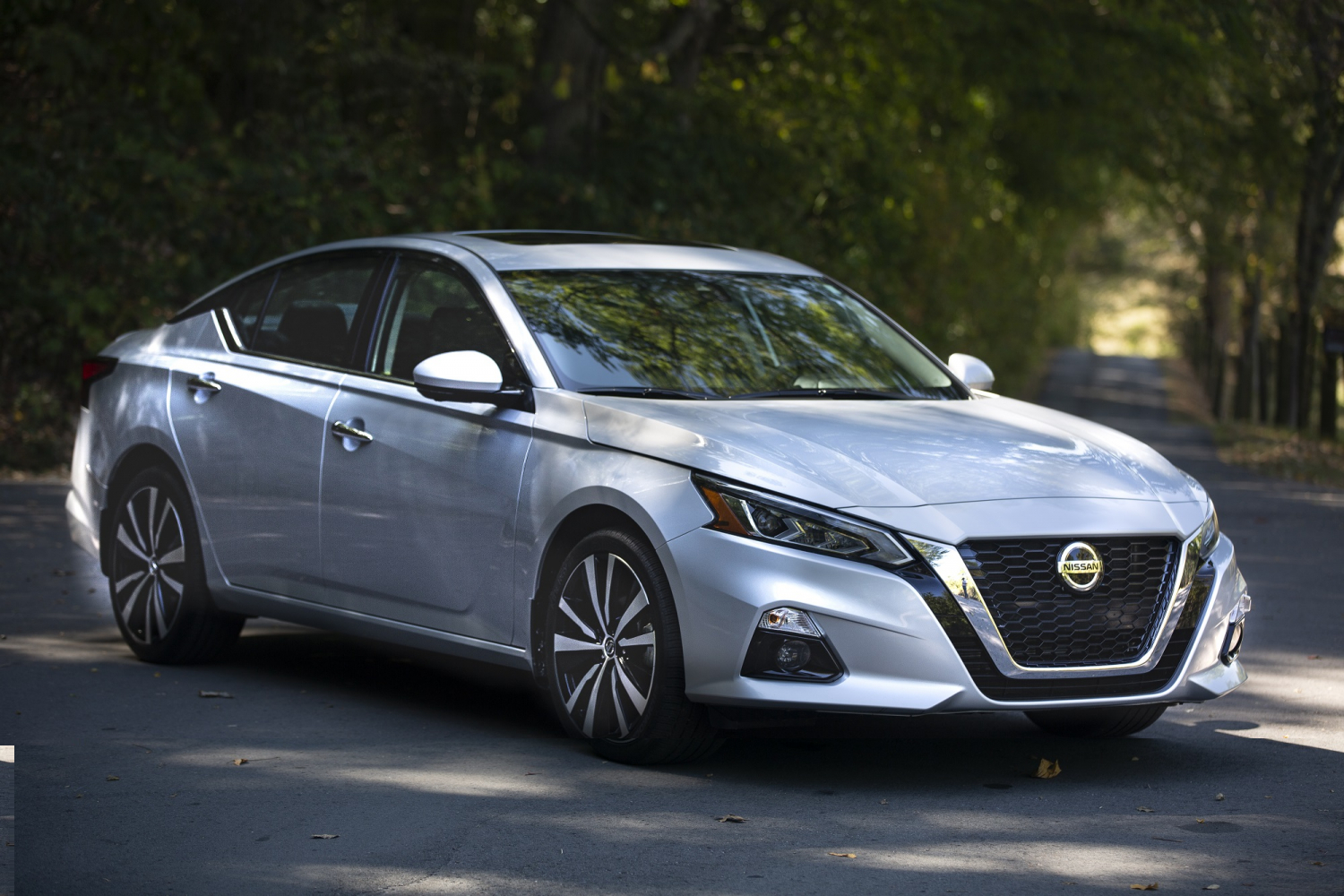
1. Nissan Altima (2013–2016)
The Nissan Altima from the 2013 to 2016 model years has been widely criticized for its adaptive cruise control system’s tendency to lag and react sluggishly in traffic. Nissan was among the early adopters of adaptive cruise control in its mainstream models during this period, but the technology was not yet fully mature.
Drivers frequently report that the system does not respond promptly to slowing traffic ahead, which results in delayed braking. This lag can cause sudden, harsh decelerations that surprise both drivers and passengers, undermining the smooth highway cruising experience that adaptive cruise control is supposed to provide.
At the core of these issues is Nissan’s use of radar and sensor technology that lacked sophistication compared to rivals. The system’s radar struggled to quickly and accurately detect the distance and speed of vehicles in front, especially when traffic conditions changed rapidly.
This led to inconsistent speed adjustments, where the car might maintain too close a distance before braking or brake too late, forcing abrupt stops. The consequences are not just discomfort but also heightened safety risks, particularly in heavy traffic or inclement weather, where split-second decisions matter.
Moreover, the Altima’s adaptive cruise control often disengages unexpectedly or fails to smoothly resume speed once traffic clears. This creates a stop-start driving experience that requires constant driver intervention, defeating the purpose of automation.
Compounding the frustration, the Altima during these years did not integrate its cruise control well with lane-keeping systems, leaving drivers fully responsible for steering corrections. Without this assistance, the lagging speed adjustments become more stressful, especially on long highway stretches. This combination of slow responsiveness and limited driver aids contributed to the Altima’s reputation as a vehicle whose cruise control struggles to keep up with real-world demands.
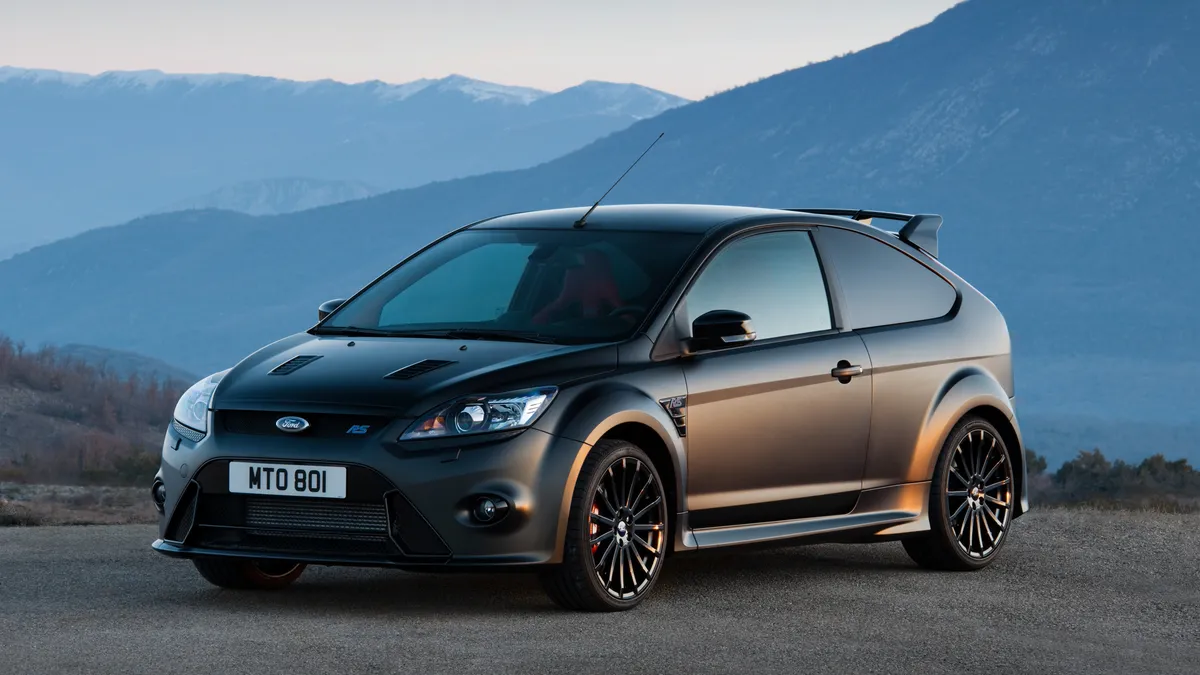
2. Ford Focus (2012–2015)
Ford’s Focus, particularly in the 2012 to 2015 model years, incorporated adaptive cruise control in certain trims, but the system was notorious for lagging behind traffic flow and producing erratic throttle and braking responses.
Many drivers found that the cruise control system was slow to detect slowing vehicles ahead, often resulting in sudden, jerky braking that compromised comfort and safety. This inconsistent behavior was particularly apparent during stop-and-go traffic, where smooth acceleration and deceleration are crucial.
A significant factor behind the lag is the limited range and slower processing of the Focus’s radar sensors. While the system was marketed as a high-tech convenience feature, its hardware and software struggled to keep pace with rapidly changing traffic conditions.
The radar’s inability to maintain a reliable “view” of the road ahead, especially when multiple vehicles were involved, led to late braking and delayed acceleration. The system’s throttle control was also less refined, causing the car to hesitate before speeding back up after slowing down, which interrupted the flow of highway traffic and irritated drivers accustomed to more responsive systems.
Further exacerbating the problem was the Focus’s minimal integration with lane-centering technology during these years. Without active steering assistance, the adaptive cruise control function was effectively limited to speed and distance management alone, forcing drivers to concentrate on lane positioning.
This division of responsibility made highway driving more demanding, particularly in dense traffic or during long commutes. The result was a cruise control system that, while innovative for its time, failed to deliver the smooth, confident assistance that drivers expect from modern adaptive systems.

3. Hyundai Sonata (2011–2014)
Hyundai’s Sonata models from 2011 to 2014 included an adaptive cruise control system on higher trims, but the technology was widely regarded as lagging behind competitors in responsiveness and smoothness. One of the most common complaints among drivers was the system’s hesitation to decelerate when approaching slower vehicles. This delay often forced the system to brake suddenly and harshly, compromising passenger comfort and diminishing driver confidence in the technology.
In traffic-heavy environments, the Sonata’s adaptive cruise control showed even more weaknesses. Rather than providing steady speed adjustments, the system would frequently disengage and require manual reactivation, leading to an inconsistent driving experience.
The jerky stop-and-go behavior not only caused fatigue but also detracted from the ease and convenience that adaptive cruise control is intended to offer. Drivers found themselves constantly having to intervene to maintain safe distances, which reduced the perceived value of the feature.
Another limitation of the Sonata’s system was its limited integration with lane-keeping technologies during those model years. Unlike competitors that combined speed control with active lane-centering, the Sonata required drivers to manage steering manually, which increased workload during highway drives.
Additionally, the radar sensors sometimes struggled with environmental conditions like rain or fog, reducing the system’s ability to maintain precise following distances. These shortcomings meant that Hyundai’s early adaptive cruise control was often more of a liability than a benefit in busy or challenging highway scenarios.
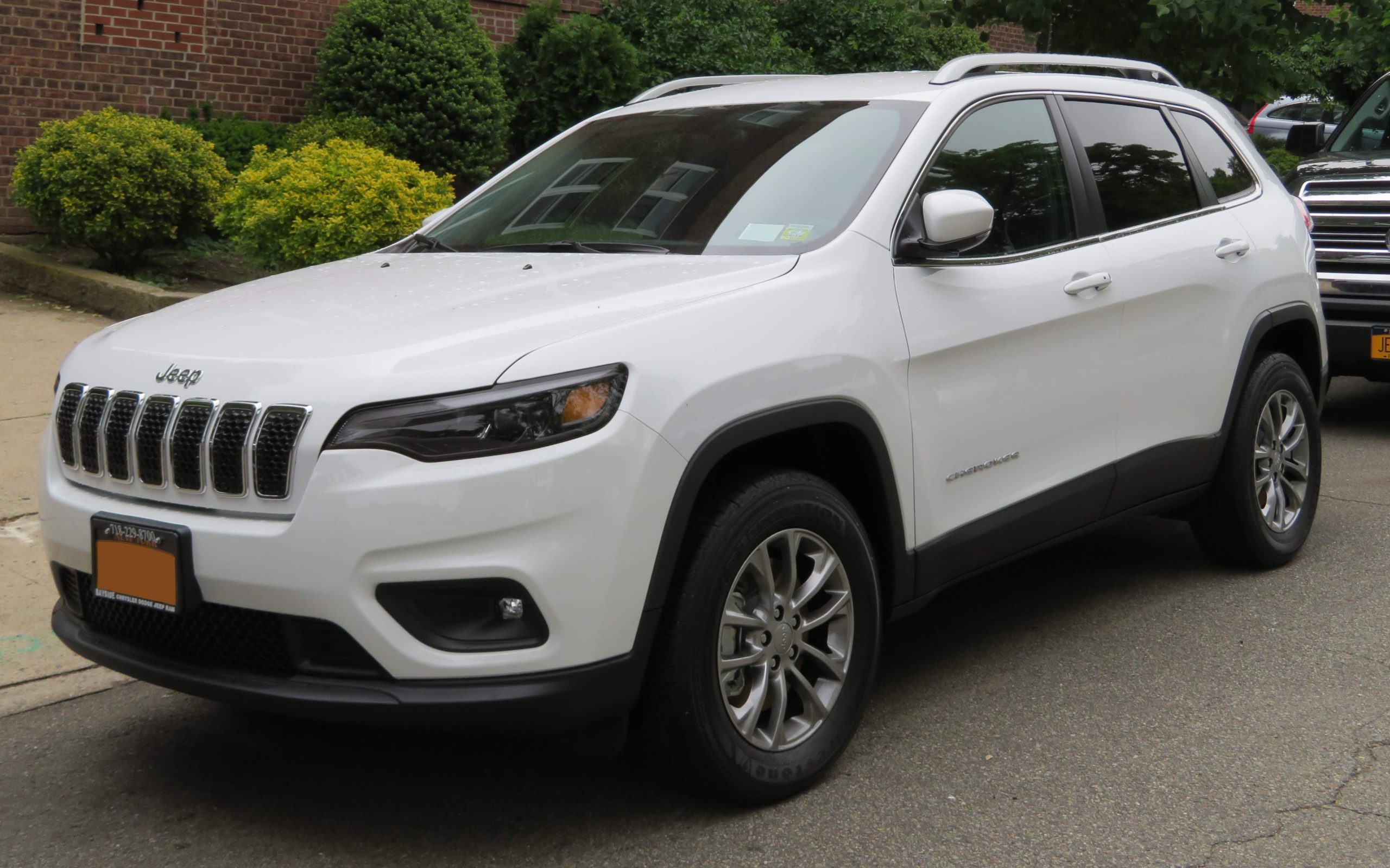
4. Jeep Cherokee (2014–2018)
The Jeep Cherokee from 2014 to 2018 offered adaptive cruise control technology that, despite Jeep’s off-road reputation, did not perform particularly well on highways. Drivers consistently reported lag issues, where the cruise control system was slow to respond to changing traffic speeds.
This slow reaction often caused abrupt braking, which felt unpredictable and unsafe. Such sudden speed changes are especially concerning in stop-and-go highway traffic, where smooth control is essential to avoid accidents and discomfort.
Jeep’s radar sensors during this period were not as advanced or reliable as those in competitors, leading to inconsistent detection of vehicles ahead. This inconsistency sometimes forced drivers to disengage the system frequently or manually override the cruise control to maintain safe and comfortable driving. The lack of precision made it difficult for the system to maintain consistent following distances, increasing driver stress and reducing overall convenience.
Additionally, the Cherokee’s cruise control system was not well integrated with lane-keeping assistance. Drivers had to manually steer the vehicle and manage lane positioning, adding to the workload, especially during long highway trips. When combined with the lagging throttle and brake responses, this made for a less-than-smooth driving experience.
In contrast to the rugged off-road reputation, the Cherokee’s highway adaptive cruise control was a weak point that detracted from the overall driving comfort expected in this segment.
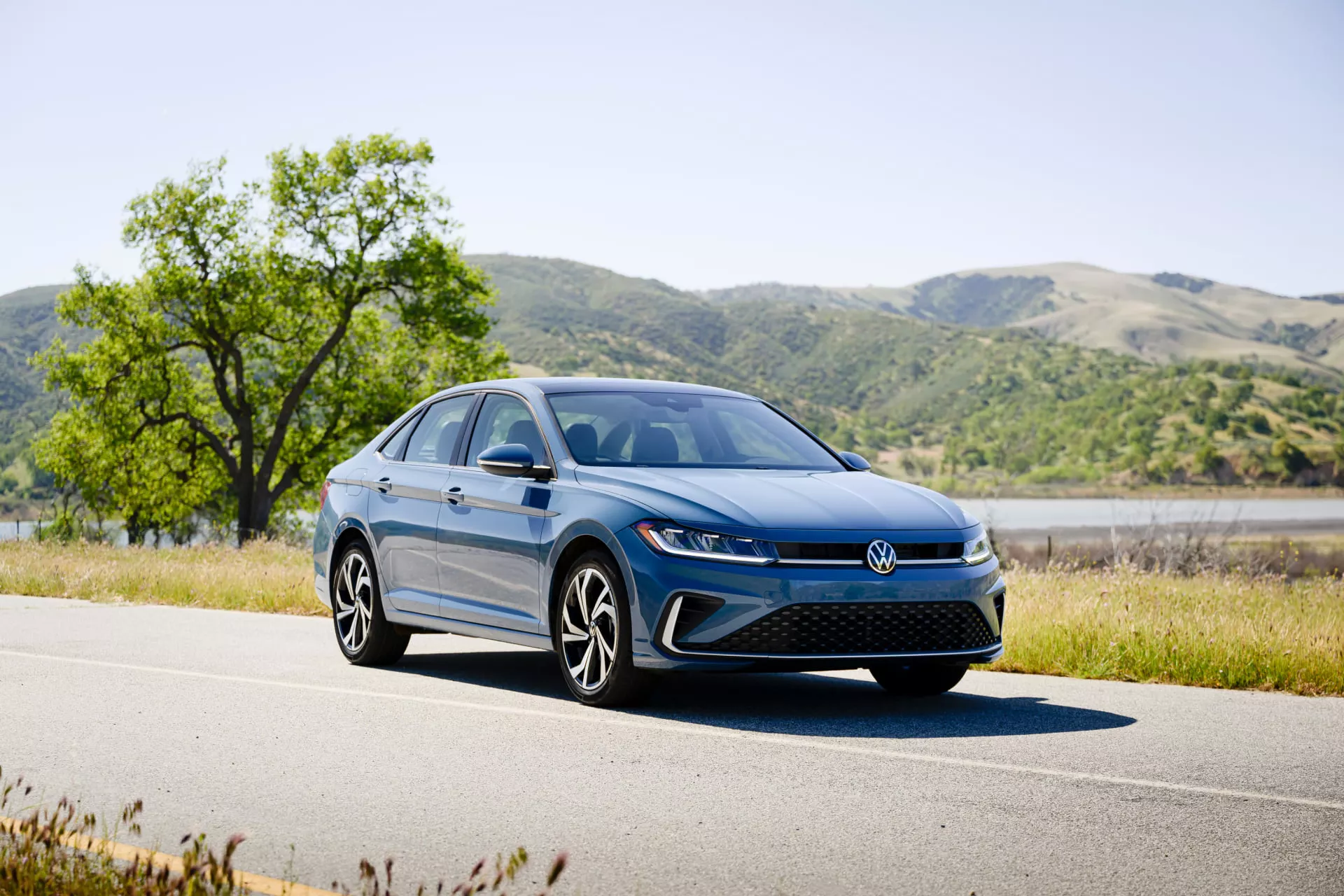
5. Volkswagen Jetta (2011–2014)
Volkswagen’s Jetta models from 2011 to 2014 were equipped with adaptive cruise control in select trims, but the system often suffered from slow and unpredictable responses. Many owners reported that the cruise control lagged noticeably when adjusting speed, resulting in sudden braking and inconsistent acceleration. This delayed reaction impaired highway driving smoothness and created discomfort for passengers accustomed to steadier, more refined systems.
The cruise control’s lag can be traced to the limitations of the radar and sensor package used by Volkswagen in this period. The sensors had difficulty accurately measuring distances and speeds of other vehicles in fast-changing traffic, which led to delayed throttle modulation and braking responses. Furthermore, the system occasionally disengaged unexpectedly, forcing drivers to take immediate control, which could be stressful in high-speed highway environments.
Moreover, the Jetta’s adaptive cruise control lacked integration with lane-keeping assist technology during these years, which meant drivers needed to handle steering inputs manually. This limitation reduced the overall convenience and safety offered by the cruise control system, especially on long, tiring drives.
The combined effect of laggy speed adjustments and limited driver assistance made the Jetta’s adaptive cruise control less effective and more frustrating compared to competitors’ more advanced systems.
Also Read: 5 Cars That Maintain Value Despite High Mileage And 5 That Drop Like Rocks
Cruise control technology has dramatically transformed the experience of highway driving, offering drivers a blend of convenience, safety, and reduced fatigue. As adaptive systems grow more sophisticated, they increasingly take on the complex task of not just maintaining speed but intelligently managing distance and lane positioning in ever-changing traffic conditions.
However, the stark contrast in performance among various vehicles’ cruise control systems reveals that this technology is still evolving. Some cars deliver an impressively smooth, reliable, and intuitive experience that can genuinely enhance long-distance travel, while others struggle with lag, inconsistent responses, and limited integration—issues that can undermine both comfort and safety.
The vehicles we explored with great cruise control systems—such as the Tesla Model 3, Mercedes-Benz E-Class, Volvo XC90, BMW 5 Series, and Honda Accord—demonstrate how advanced sensor technology, robust software algorithms, and thoughtful feature integration can create a seamless semi-autonomous driving experience.
These cars showcase adaptive cruise control systems that not only maintain steady speeds and safe following distances but also anticipate traffic changes with smooth braking and acceleration. Many also incorporate lane-centering technologies and traffic sign recognition to further reduce driver workload. Together, these features represent the best that current technology has to offer, turning tedious highway stretches into more relaxing and less fatiguing drives.
Conversely, the cars with lagging cruise control systems—such as the Nissan Altima (2013–2016), Ford Focus (2012–2015), Hyundai Sonata (2011–2014), Jeep Cherokee (2014–2018), and Volkswagen Jetta (2011–2014)—highlight the challenges that automakers face in perfecting these systems. Issues such as delayed braking, slow throttle response, sensor inaccuracies, and poor integration with lane-keeping assistance can make these systems more frustrating than helpful.
The lag experienced in these vehicles often forces drivers to remain overly vigilant, diminishing the very convenience adaptive cruise control aims to provide, and in some cases, creating safety concerns. These shortcomings emphasize the importance of ongoing improvements in sensor technology, real-time data processing, and system calibration.
From a broader perspective, this contrast underscores that while adaptive cruise control is a powerful tool, its effectiveness depends heavily on implementation quality. For consumers, this means that when considering a vehicle, understanding how its driver assistance features perform in real-world highway conditions is just as important as horsepower or fuel economy.
A laggy or unreliable cruise control system can turn a long commute into a stressful ordeal, while a smooth and responsive system can make even the longest journeys feel effortless.
As the automotive industry moves toward more autonomous driving capabilities, the lessons learned from today’s adaptive cruise control systems will play a critical role. Improving responsiveness, reducing lag, and enhancing sensor accuracy will not only improve safety but also increase driver trust in semi-autonomous technologies. This trust is essential for the widespread adoption of more advanced systems that could one day fully automate highway driving.
In conclusion, the gap between the best and worst adaptive cruise control systems illustrates both how far the technology has come and how much further it must go. For now, drivers benefit most by carefully researching and choosing vehicles with proven, responsive cruise control systems that perform well on highways.
Doing so ensures that adaptive cruise control serves its primary purpose—making highway driving safer, easier, and more comfortable, rather than becoming a source of frustration or hazard. As technology continues to advance, future vehicles will undoubtedly offer even more refined and reliable systems, helping drivers navigate highways with greater ease and confidence.

